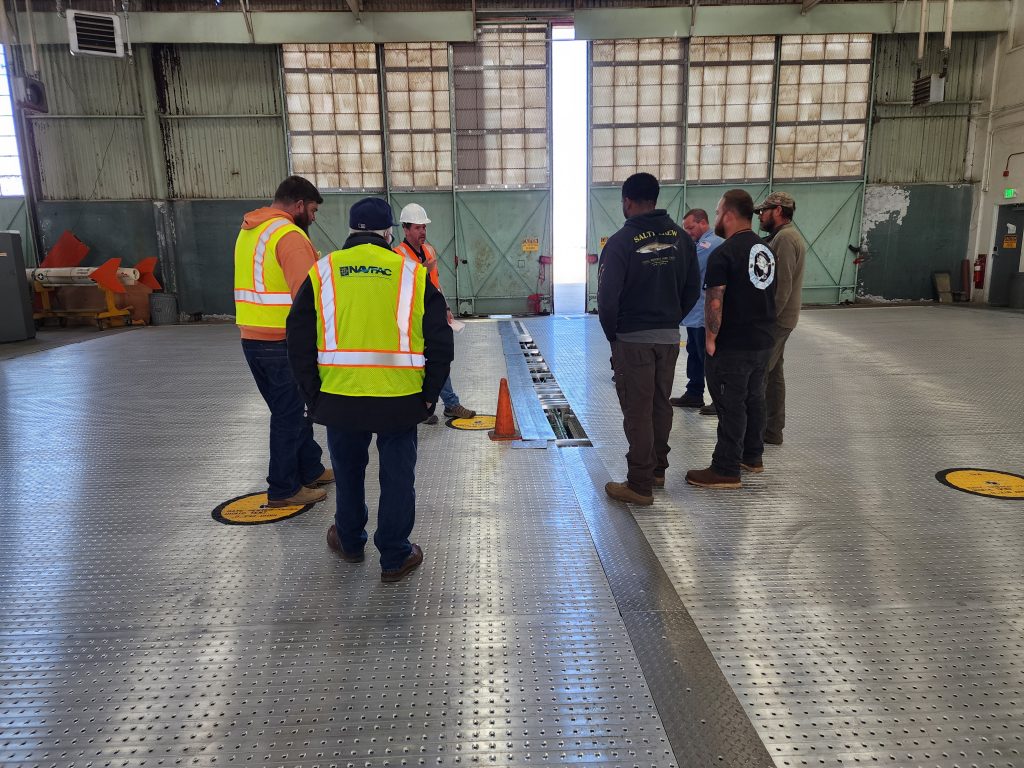Address
1900 Crosspoint Ave
Houston, TX 77054
Fire protection is important but ensuring that daily hangar operations are not impacted and even improved for the men and women working to keep aircraft flying, is a priority at Safespill.
Tristan Mackintosh, CEO
Floor Impact Test
Our ILDFA floor is built for durability and safety. They are engineered to withstand daily hangar wear and tear while ensuring superior fire protection. With high impact resistance, we offer durability and easy repair to keep your operations running smoothly and safely. Discover our seamless repair process and keep your hangar fully operational with minimal downtime.
Tool & Equipment Carts
The omni directional anti slip profile is machined into the top surface with a special cutting tool ensuring that it does not wear off during the 50-year life span.
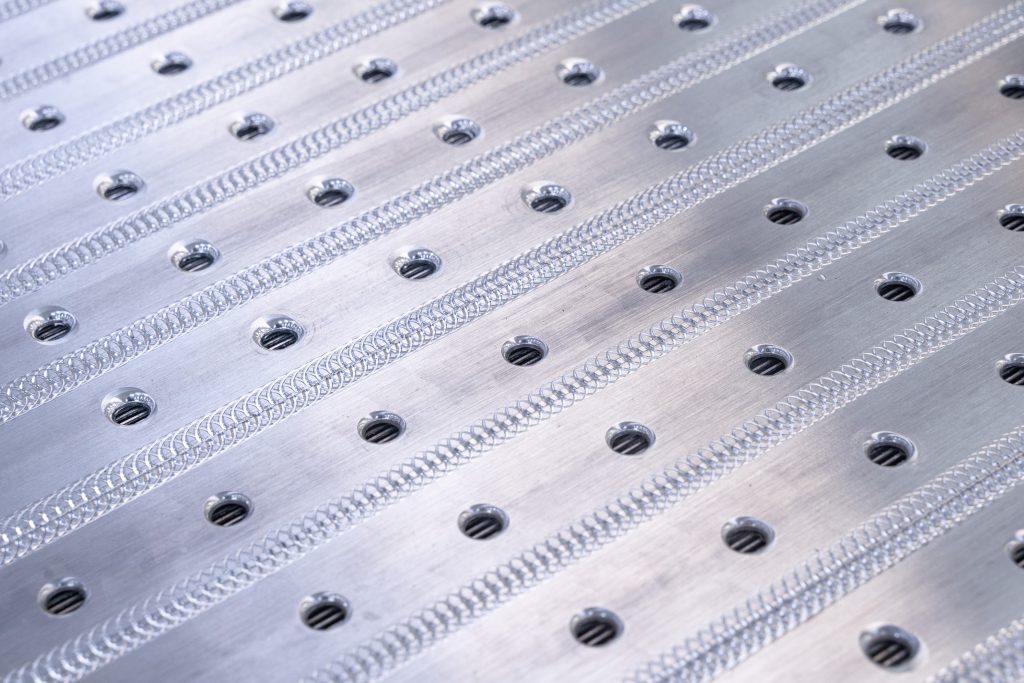
Slip Resistant Surface
The omni directional anti slip profile is machined into the top surface with a special cutting tool ensuring that it does not wear off during the 50-year life span. This anti slip profile exceeds or is equivalent to concrete or epoxy coated hangar flooring
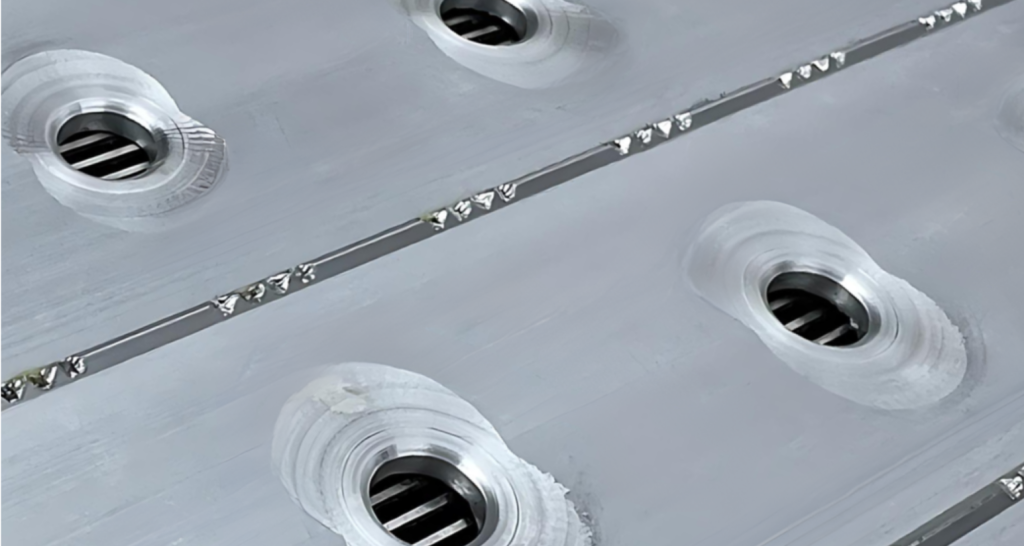
Slip Resistant Surface
We understand the fast-paced environment of aircraft hangars, where even minor spills can quickly escalate into significant safety risks. We prioritize the well-being of individuals working in aviation hangars.
As a result, we have created a slip-resistant surface that provides outstanding traction, even when coated with oil or fuel. This video demonstrates our commitment to safety, ensuring that slip accidents are minimized and your hangar remains a safe environment for your team.
Small Spills
Having a Safespill floor or ILDFA in your hangar means no more down time in case of fuel spills. It is not recommended to ignore spill risks when performing maintenance or repairs on aircraft. However, any spilled liquid on to the top surface of ILDFA will drain into its channels and eventually make its way to the trenches that drain to an OWS, underground or above ground containment tank.
Small spills from liquids such as oils, fuel, hydraulic fluid or coffee will not trigger the fire alarm or the automatic flushing system of the floor. Automatic activation only occurs when there is a significant spill of 50 gallon (200 liter) in volume or about 5 gallon per minute (20 lpm). This is because only spills of a certain amount pose a fire risk.
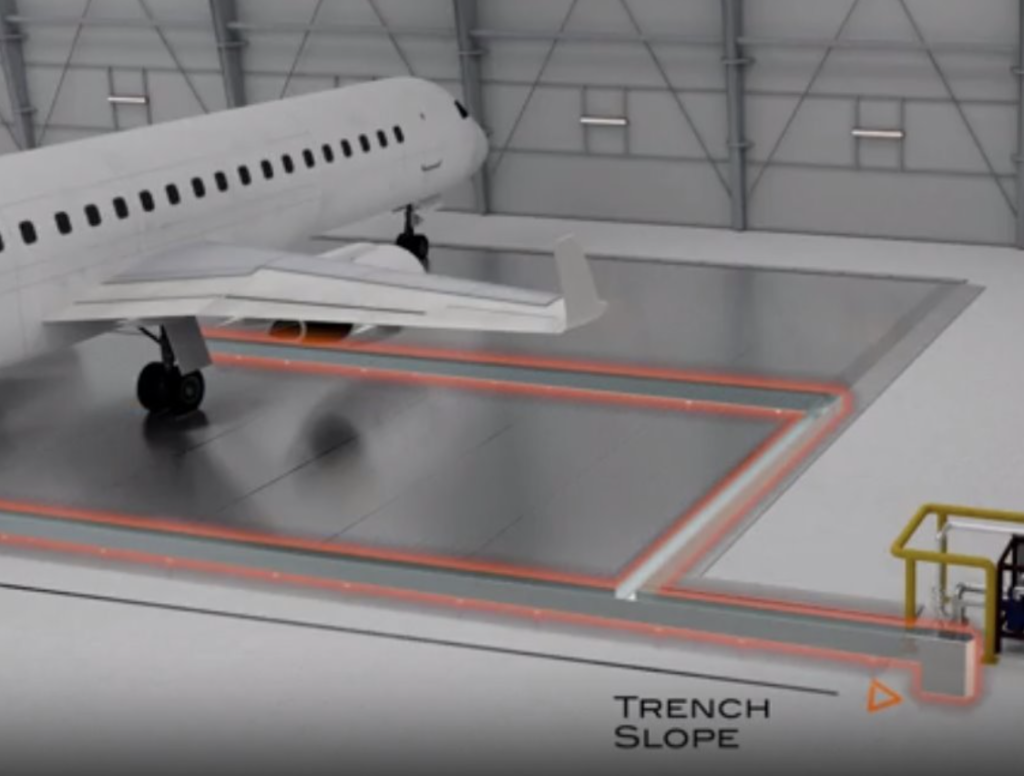

Cleaning Mode
The internal geometry of the floor channels can be flushed automatically through a function called “cleaning mode” on the control panel.

When an operator determines it would be prudent to clean the insides of the floor, they activate cleaning mode on the control panel of the corresponding zone. Each zone is approximately 1,000 sqft (100 m2) so only the zone in which the spills occurred will be flushed.
Any residue of small spills on the top surface can be wiped down with a rag or a mop with a degreaser such as purple power.
Floor Top Surface Cleaning
The overall cleanliness of the top surface of the floor is important to minimize buildup over time and reflect the significance of maintaining a safe work environment.
The best way to keep the top surface clean is a ride on “Zamboni” style sweeper/scrubber machine. Though not as efficient for a larger spill, a simple mop and bucket can be used as well. Residual water from either method will not activate the floor’s flushing system.

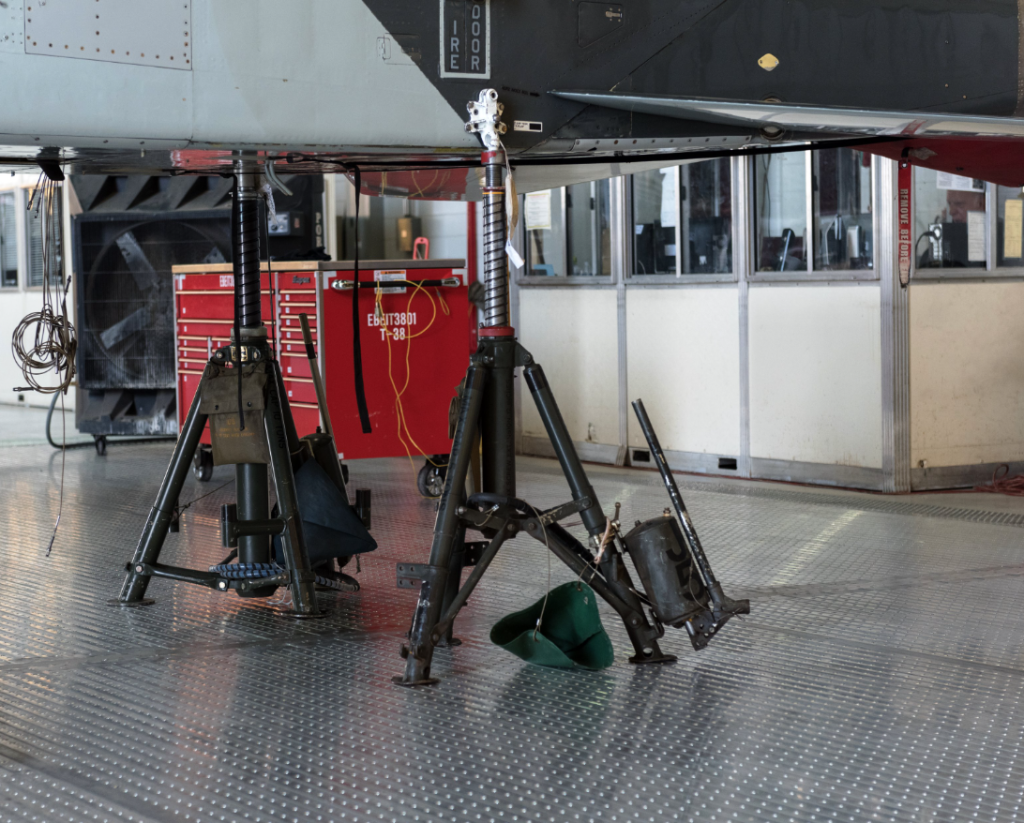
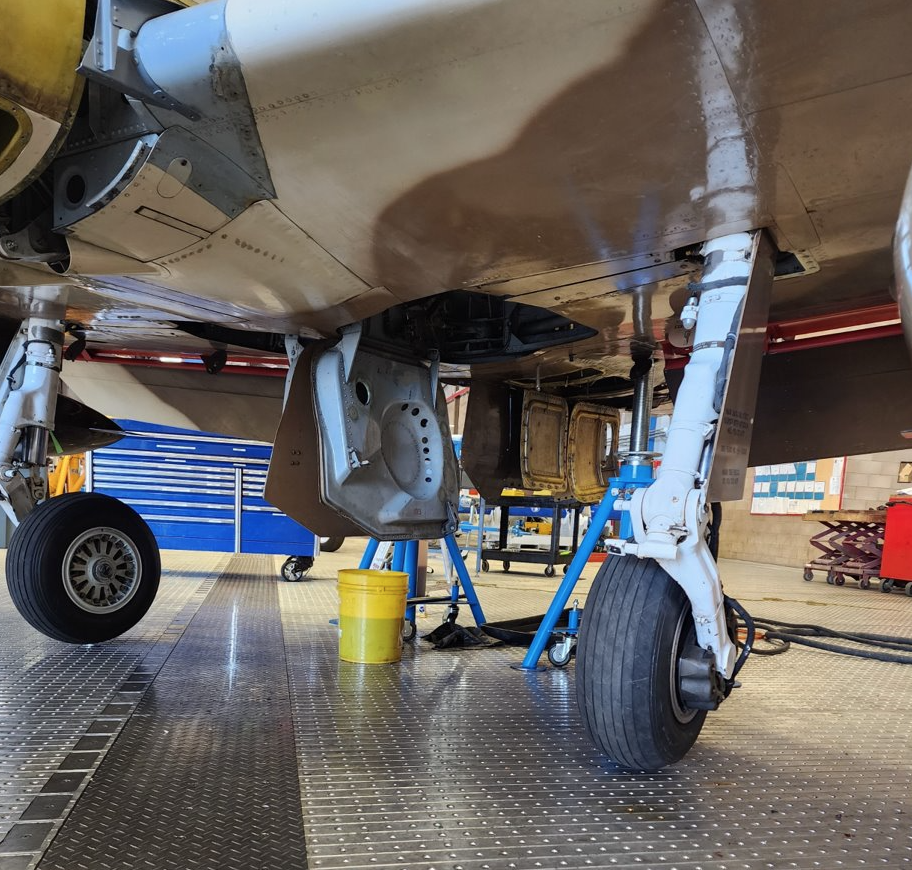
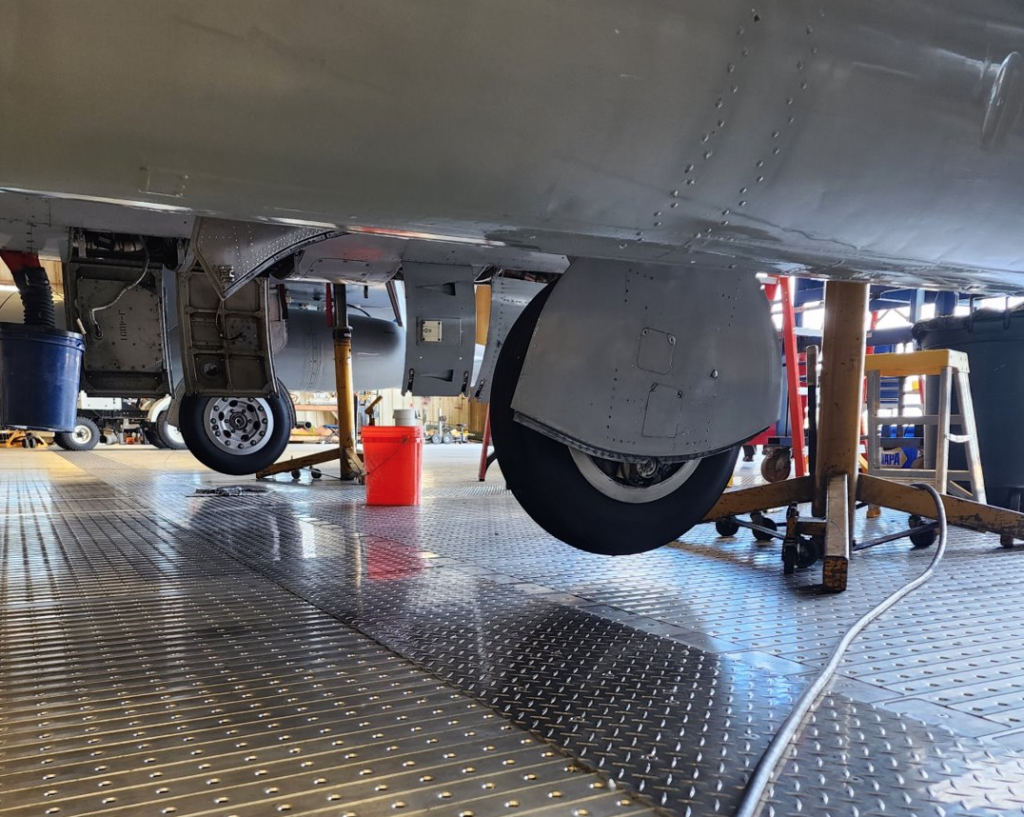
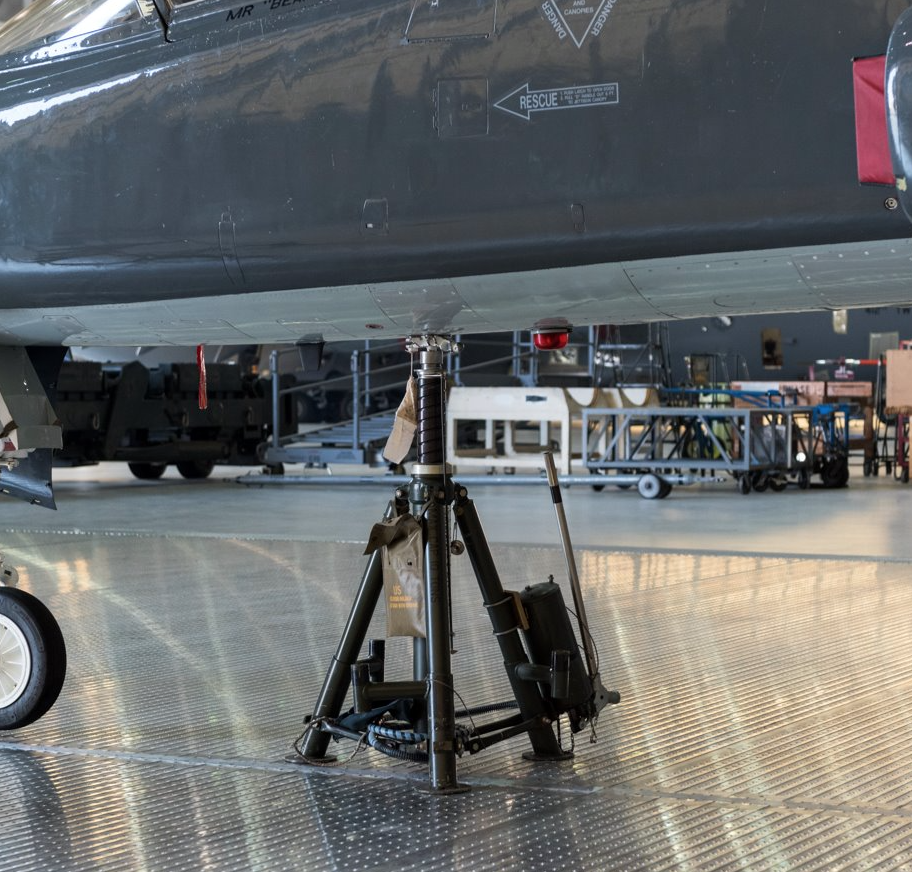
Aircraft Jacks
Safespill floors have been in operation since 2021 and see daily jacking of aircraft. From F18 Fighter jets to C130 Transport Aircraft. Typical tripod jacks for any size aircraft are suitable to be used and pose no concern regarding point loads.
Specific jacking operations, such as bottle jacks or jacks with minimal contact area might require small modifications such as the use of jack plates to provide a larger contact surface. For these operations, Safespill provides jack plates free of charge to ensure daily hangar operations are not affected.
Training & User Manual
Every ILDFA installation will come with operator training and a user manual.
